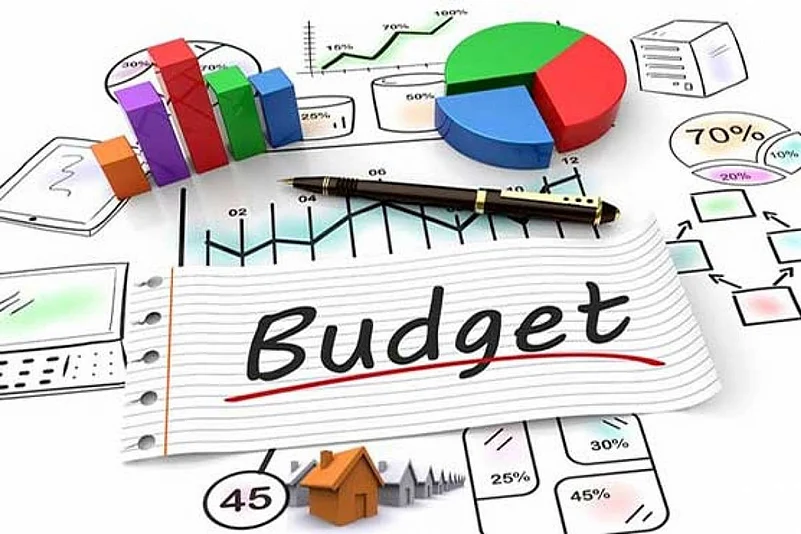Though the budget for the financial year 2021-2022 did not bring any relief to the taxpayers yet much to their relief it didn’t burden them with any taxation or price rise. Given the backdrop of coronavirus pandemic making such budget was quite challenging and one must applause the finance minister for this.
If anything, this pandemic has taught this world is that each country should spend more on making their healthcare system more robust. The INR 2.2 lakh crore budget allocation by the finance minister for the health sector and for the wellbeing of the nation was much needed and is highly appreciative. Also, the announcement to make 7 mega textile hubs and five major fishing hubs will also generate a lot of employment which is the need of the hour in our country.
As far as transportation is concerned this budget has laid emphasis on most of the aspects of mobility. This budget talked about environment (scrapping policy), last mile connectivity (busses), logistic cost (freight corridor) and connecting major trunk routes (national highways). Let’s discuss in detail the various initiatives mentioned and what more should have been done or can be done in future:
- Vehicle Scrappage Policy- The finance minister announced that all commercial vehicle can be scrapped after 15 years of its usage and a private vehicle can be scrapped after 20 years of usage. This will have huge environmental benefits and also boost the automobile industry. Many have apprehension that since the policy is voluntary it may not have the desired effect. However, one must understand that the government is testing waters with such policies. Also, the fact is that this policy has many fine points which shall incentivise people to scrap their old vehicles and also disincentivise others to retain such vehicles longer than the prescribed period. It incentivises people by giving them benefits in loans and price of the new car if they scrap their old vehicle and buy a new one. Those who do not want to voluntarily scrap their vehicle will need to go through ‘Fitness Test’ and along with that pay the Green Tax. The norms for the fitness test, it seems, will get more stringent and thus nudge everyone towards ‘voluntarily’ scrapping their vehicle. This is a great boost for the worst affected industry during the pandemic and undoubtedly a welcome move towards sustainable mobility as it shall reduce the vehicular pollution by about 25 per cent.
- Dedicated Freight Corridor in Railways- Under the Eleventh Five Year Plan of India (2007–12), the Ministry of Railways started constructing a new Dedicated Freight Corridor (DFC). Initially, only 2 DFC were planned Eastern DFC (1,760 km from Ludhiana, Punjab to Dankuni in West Bengal) and Western DFC (1,468 km from Dadri in Uttar Pradesh to Jawaharlal Nehru Port in Mumbai) but later in 2018, Four new DFC have been approved to make it a Golden Quadrilateral. Last three years have seen tremendous progress in the work of Eastern DFC and phase one is nearing its completion. This dedicated freight corridor will ensure that we have a timetabled goods path, something which is non-existent in India today due to preference given to passenger operations. This predictability and timeliness will definitely impact the industrial growth in a positive manner. The proposed reduction in the logistic cost of India is the highlight of the budget from the transportation point of view. The current Logistic cost of India is around 14 -15 per cent of its GDP whereas it around is 8-10 per cent in the USA and European nations. The dedicated freight corridor will contribute towards reducing the logical logistic cost considerably as the modal share of Railways in the total freight movement of the country will increase to a great extent. This will definitely bring about multiplier effect on people's savings and investment.
- Allocation of funds for Buses – Those who study public transportation know that buses have a unique role to play in a city or a rural network, as it provides the last mile connectivity to the people. With so many Metro projects going on in Tier 1 and Tier 2 cities, hearing a finance minister spare a thought and funds for buses is very heartening. Buses are not alternatives or do not compete with metros or the suburban train systems, they actually compliment them. Though there has been an allocation of INR 18 thousand Crores what will make it more effective is the efficient usage of this money. This money apart from buying new eco-friendly buses should also be utilised to create planned infrastructure for dedicated bus lanes or BRTS corridors.
Way Forward: The finance minister has announced major infrastructure fund allocation for building national highways particularly for eastern India which has been neglected since ages. Also, she has done major allocation of funds in building primary, secondary and tertiary centres, however, a good transportation policy needs to link these two.
The centre needs to ensure that those who stay in a remote rural location have proper access to these secondary and tertiary healthcare centres. The quality of National highways across India has improved considerably over the past decade however the state highways and the rural network of roads have still been neglected. Creating such healthcare infra without providing proper access to it serves no purpose and, on the contrary, creates more despair and disparity. Though one may argue that developing these infrastructures is a state subject yet the central government can roll out some schemes wherein they incentivise the state to develop this type of infrastructure. Such measures are much needed and if something along these lines would have been mentioned by the finance minister then this budget would have been even better.
(The author is a public policy expert)
















